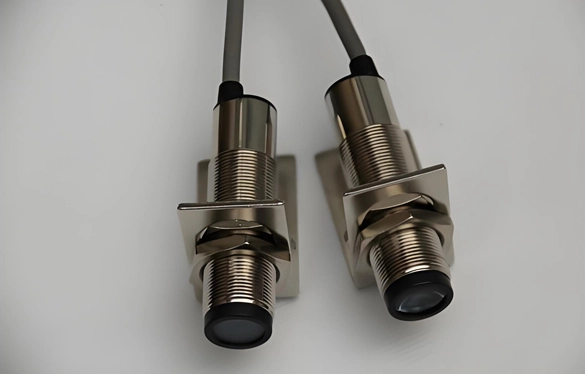NTC thermistors, including popular variants like the NTC temperature sensor and 10k NTC thermistor, are critical components in modern temperature-sensing technology. These devices, known for their negative temperature coefficient, decrease in resistance as temperature rises, offering reliable and accurate solutions for temperature measurement and control across industries. From Carel NTC sensors in HVAC systems to NTC 10k temperature sensors in automotive applications, thermistors like the 10k temperature sensor and 100k temperature sensor are integral to ensuring efficiency, safety, and performance. This blog explores how NTC thermistor sensors, including specialized models like the PT100 sensor and PT1000 temperature sensor, function, their diverse applications, and the advantages that make them essential in today's technology-driven world.
An NTC thermistor temperature sensor, such as the 10k NTC sensor or NTC probe sensor, operates on the principle of a negative temperature coefficient, where electrical resistance decreases exponentially as temperature increases. Constructed from semiconductor materials like metal oxides, these devices, including the 10k thermistor temperature sensor, exhibit increased free electron mobility at higher temperatures, resulting in lower resistance. This change in resistance can be precisely correlated to a specific temperature using a reference table or equation, enabling accurate temperature measurement. This property makes NTC temp sensors and alternatives like the PT100 temp sensor or PT 100 temperature sensor highly effective for monitoring and controlling temperature in various applications, from industrial systems to consumer electronics.
NTC thermistor sensors, such as the 10k sensor and Carel NTC sensor, are employed in a wide range of applications due to their precision and versatility. In temperature measurement, devices like digital thermometers, clinical thermometers, and NTC 10k temperature sensors are used to monitor engine temperatures in vehicles, ensuring accurate readings for critical systems. For temperature control, 10k temp sensors are integral to air conditioning units, refrigerators, and water heaters, maintaining optimal operating conditions. These thermistors, including the 100k temperature sensor, also serve as inrush current limiters in power supplies, where their high initial resistance prevents sudden current surges, gradually decreasing as the device warms up. Additionally, NTC probe sensors provide overheating protection in circuits, safeguarding equipment like 3D printers and household appliances from thermal damage. Beyond these, PT temperature sensors, such as the PT100 sensor and temperature sensor PT 100, are used in precise industrial applications, while NTC thermistor temperature sensors are found in battery packs, food processing equipment, and various electronic devices, showcasing their adaptability across diverse environments.
The widespread adoption of NTC temperature sensors, including models like the 10k NTC thermistor and PT 1000 temperature sensor, is driven by several key advantages. Their high sensitivity to temperature changes enables precise measurements, making them ideal for applications requiring accuracy, such as those using the NTC 10k temperature sensor or PT100 temp sensor. These sensors are cost-effective, as their simple manufacturing process keeps production costs low, whether for a 10k temperature sensor or a 100k temperature sensor. NTC thermistor sensors are also available in compact sizes and various shapes, allowing seamless integration into space-constrained devices, from Carel NTC sensors to PT 100 temperature sensors. Their versatility enables use in diverse settings, from industrial machinery requiring a temperature sensor PT 100 to consumer electronics utilizing a 10k sensor, making them a go-to solution for temperature-related challenges.
